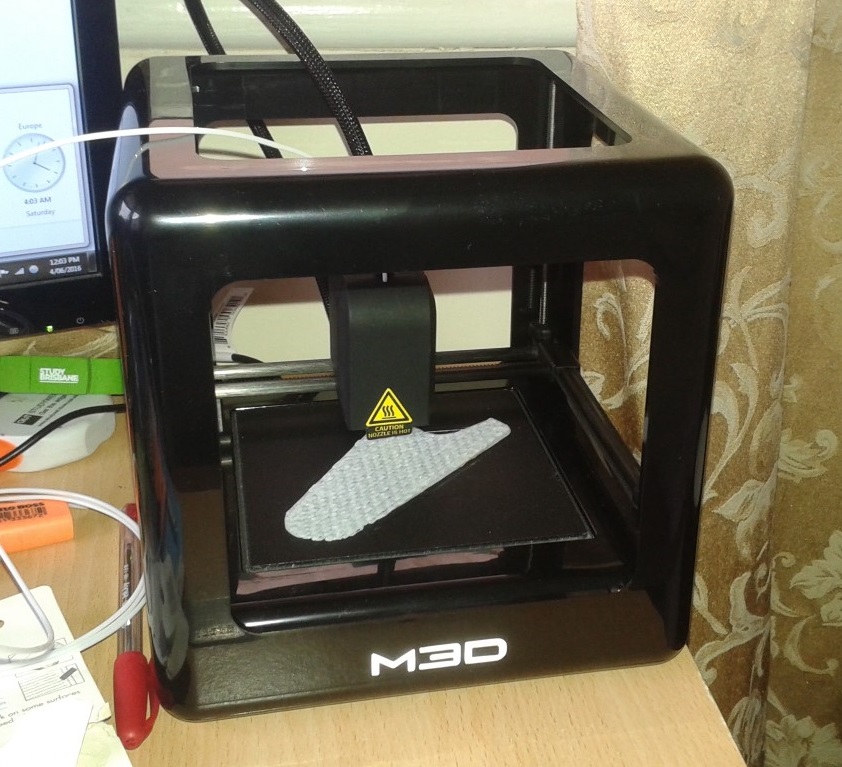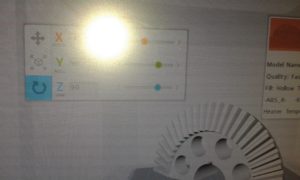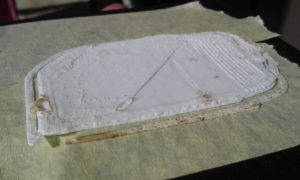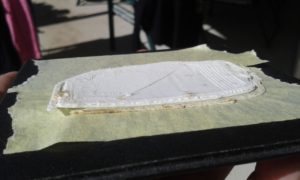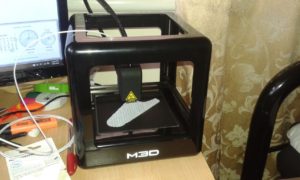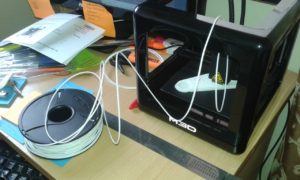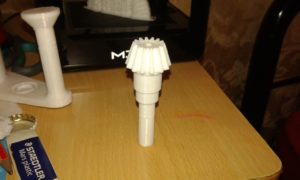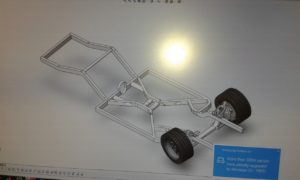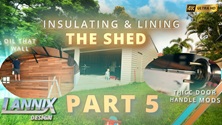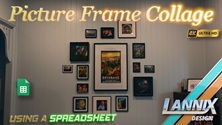Let’s go back to 2016, a time before my son came along, before my partner came along and when I was still a struggling uni student tasked with designing an industrial gearbox given specific parameters from Wiji, the man in charge of the Design of Machine Elements unit.
3D printing was still a relatively new thing since the patents prohibiting the production of personal 3D printers had expired just a few years earlier. There were many companies getting on the bandwagon, producing machines to suit every budget. As a fan of scale modelling and all things DIY I was keen to get involved but my budget hadn’t allowed for it. I’d spent the previous year in Europe on student exchange and this had depleted the coffers.
Researching the various machines turned up the M3D printer and at $500 it was the cheapest on the market at the time. It was a Kickstarter campaign and the reviews were pretty good which had me thinking it would be ok. I managed to convince my old man that this might be a worthwhile investment. Gotta love the guy!
The first print that an M3D owner did was a bracket to fit the filament spool that clipped on to the top of the printer frame. It did this fairly well using the supplied 250gram roll of PLA. I then got to work in my spare time designing a chassis for a car that could be 3D printed at scale to fit a plastic model kit. Unfortunately this is where the printer started showing its limitations. The first part I printed failed completely and all subsequent tries turned up the same result. I guessed that the detail was too intricate for the printer.
After I received a great result for the aforementioned gearbox design project at uni I thought I’d have a go at 3D printing the 3D model of it piece by piece. The parts would be bigger than those from the chassis so I hoped that they’d have a better chance at working out. The input shaft and bevel gear combination worked ok but it seemed that any round parts came out more oval shape with a weird lump on the side.
The supports used on other parts was extremely difficult to remove and left the part looking terrible. A trial using ABS filament proved even more difficult. The part wouldn’t stick to the unheated bed and came out with scorch marks. The sales blurb insisted that ABS was possible but knowing what I know now, it just makes me laugh that they’d say this.
My first 3D printer acquired in 2016. Print is the filament spool bracket.
Let’s chalk this one up to a learning experience. No amount of tweaking this thing could get it to produce anything that could be considered acceptable for me. It may have been that the machine I received was a dud but online forums showed that I wasn’t alone in having trouble.
I see that M3D are still selling this 3D printer at the time of publication. I couldn’t recommend it and current reviews tend to agree with me!
If you are looking at getting a 3D printer, It’s probably worth the extra money to get a Prusa Mini. I believe it can be had for about AU$600-$700 delivered from the Czech Republic. At this price it won’t attract the import duty that the MK3S+ does.
Other companies like Creality make some cheap printers like the Ender 3 but they can be a little finicky to get working with the manual print bed adjustment and Bowden tube design. They don’t really exude the quality that a Prusa machine does but they do produce decent results when setup well. Some 3D printing experience is needed to achieve this though.
So, in conclusion, if you are interested in getting into 3D printing then the any Prusa will make it a more pleasant experience. If you don’t mind a bit of tinkering the Creality machines may be up your alley. These are the machines I’ve had experience with so I can’t speak about other brands. Just do yourself a favour and stay away from the M3D!
Laterz!
